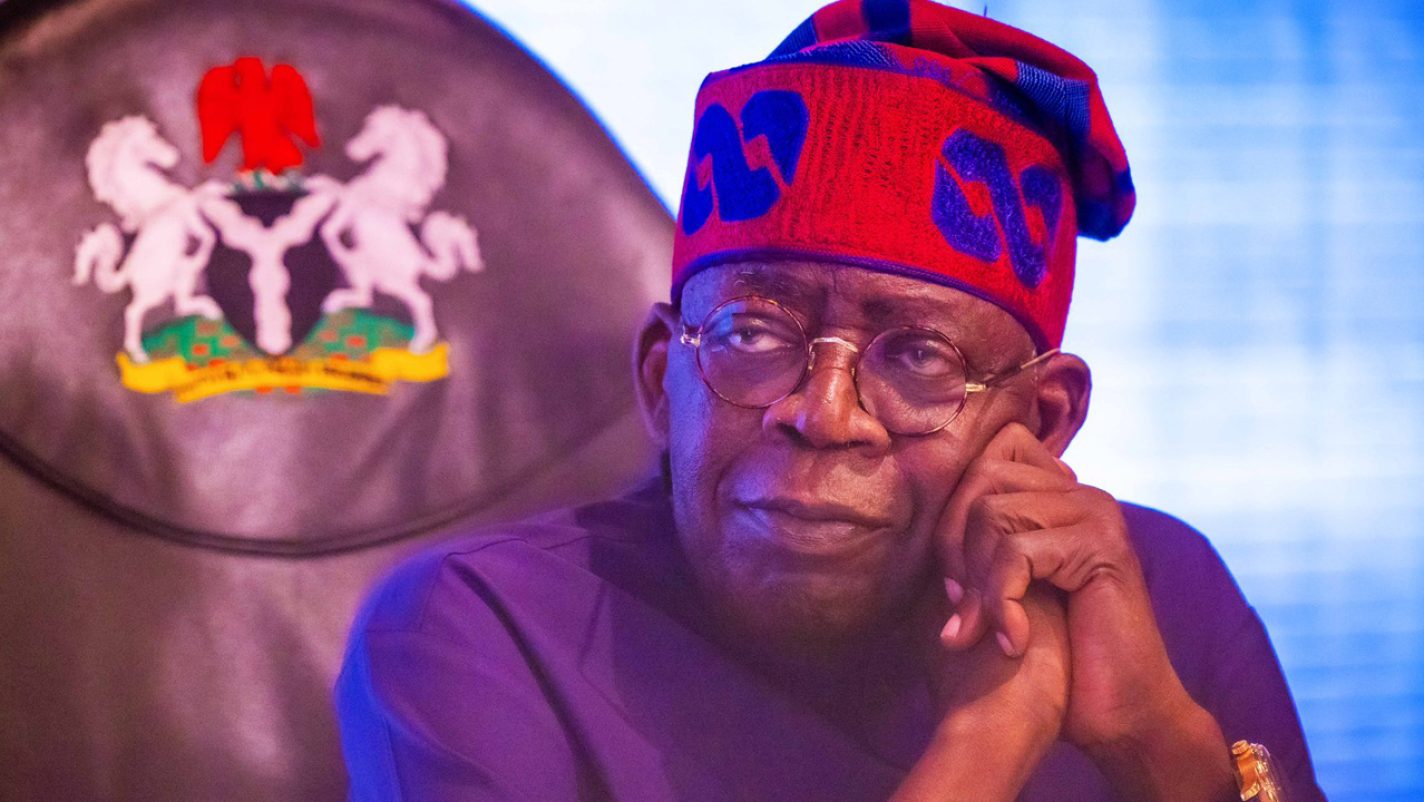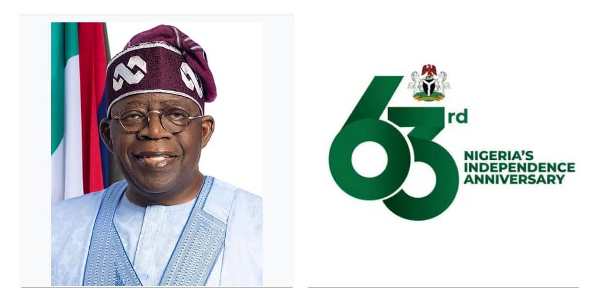SHARE THIS
Remember Steve Jobs…that extremely brilliant billionaire Apple founder. He died a billionaire at the age of 56. And his last words make us think about the meaning of life…
He said: “After all, wealth is just a life experience I’ve had the opportunity to know. At this moment, as I lay sick in bed reminiscing my entire life, I realize that all the recognition and wealth I achieved are insignificant and lack higher meaning in the face of impending death…
“So, take my advice and be courteous and considerate of others. As we get older, we become smarter and we gradually realize that a $30 watch and a $300 watch show the same time…
“Whether we wear $30 or $300 purses, the same amount of money can fit in both.
“Whether we drive a $150,000 car or a $30,000 car, the journey and the distance are the same, we always reach the same destination.” Think about this.
About Steve Jobs
Co-founder of Apple Computer Inc.
Founded: 1976
“We started out to get a computer in the hands of everyday people, and we succeeded beyond our wildest dreams.”-Steve Jobs
Steve Jobs ‘ vision of a “computer for the rest of us” sparked the PC revolution and made Apple co an icon of American business. But somewhere along the way, Jobs’ vision got clouded – some say by his ego – and he was ousted from the company he helped found. Few will disagree that Jobs did indeed impede Apple’s growth, yet without him, the company lost its sense of direction and pioneering spirit. After nearly 10 years of plummeting sales, Apple turned to its visionary founder for help, and a little older and wiser Jobs engineered one of the most amazing turnarounds of the 20th century.
Born in San Francisco, Calif., and raised in Los Altos, the Apple Computer Company visionary was adopted by his father Paul Jobs, and mother, Clara Jobs. As the son of a Coast Guard mechanic, Steve Jobs showed an early interest in electronics and gadgetry. While in high school, he boldly called Hewlett-Packard co-founder and president William Hewlett to ask for parts for a school project. Impressed by Jobs, Hewlett not only gave him the parts but also offered him a summer internship at Hewlett-Packard. It was there that Jobs met and befriended Steve Wozniak, a young engineer five years his senior with a penchant for tinkering. Together, they designed and sold the “blue box,” which manipulated telephone networks for free long-distance calls.
After graduating from high school, Jobs enrolled in Reed College in Portland, Ore. but dropped out after one semester. He had become fascinated by Eastern spiritualism and took a part-time job designing video games for Atari to finance a trip to India to study Eastern culture and religion. “Steve was difficult but valuable,” Atari co-founder Nolan Bushnell told the San Jose Mercury News. He was very often the smartest guy in the room, but he let people know that.” By not showering for days and constantly criticizing his co-workers, Jobs alienates so many colleagues that Bushnell forced Jobs to work the overnight shift so as not to interact with other workers.
Related: Steve Jobs: An Extraordinary Career
When Jobs returned to the United States, he renewed his friendship with Wozniak, who had been trying to build a small computer. To Wozniak, it was just a hobby, but the visionary Jobs grasped the marketing potential of such a device and convinced Wozniak to go into business with him. In 1975, the 20-year-old Jobs and Wozniak set up shop in Jobs’ parents’ garage, dubbed the venture Apple, and began working on the prototype of the Apple I. They attended meetings of the Homebrew Computer Club, which helped them develop and market their Apple product.
To generate the $1,350 in capital they used to start Apple, Steve Jobs sold his Volkswagen microbus, and Steve Wozniak sold his Hewlett-Packard calculator.
Although the Apple I was sold mainly to hobbyists, it generated enough cash to enable Jobs and Wozniak to improve and refine their designs. In 1977, they introduced the Apple II – the first personal computer with color graphics and a keyboard. Designed for beginners the user-friendly Apple II was a tremendous success, disrupting Silicon Valley and ushering in the era of personal computing. First-year sales topped $3 million. Two years later, sales ballooned to $200 million.
But by 1980, Apple’s shine was starting to wear off. The increased competition combined with less than stellar sales of the Apple III and its follow-up, the LISA, caused the company to lose nearly half its market to IBM. Faced with declining sales, Jobs introduced the Apple Macintosh in 1984. The first personal computer to feature a graphical user interface controlled by a mouse, the Macintosh was a true breakthrough in terms of ease of use. But the marketing behind it was flawed. Jobs had envisioned the Mac as a home computer, but at $2,495, it was too expensive for the consumer market. When consumer sales failed to reach projections, Jobs tried pitching the Mac as a business computer. But with little memory, no hard drive, and no networking capabilities, the Mac had almost none of the features corporate America wanted.
For Jobs, this turn of events spelled serious trouble. He clashed with Apple’s board of directors and, in 1983, was ousted from the board by Apple’s CEO John Sculley, whom Jobs had handpicked to help him run Apple inc. Stripped of all power and control, Jobs eventually sold his shares of Apple stock and resigned in 1985.
Related: As Steve Jobs Once Said, ‘People With Passion Can Change The World’
No longer an Apple employee, later that year he used a portion of the money from the stock sale, and launched NeXT Computer Co., to build a breakthrough computer that would revolutionize research and higher education. Introduced in 1988, the NeXT computer boasted a host of innovations, including notably fast processing speeds, exceptional graphics, and an optical disk drive. But priced at $9,950, the NeXT was too expensive to attract enough sales to keep the company afloat. Undeterred, Jobs switched the company’s focus from hardware to software. He also began paying more attention to his other business, Pixar Animation Studios – known for creating blockbusters like Finding Nemo – which he had purchased from George Lucas in 1986.
After cutting a three-picture deal with The Walt Disney Company, Jobs set out to create the first-ever computer-animated feature film. Four years in the making, Toy Story was a certified smash hit when it was released in November 1995. Fueled by this success, Jobs took Pixar public in 1996, and by the end of the first day of trading, his 80 percent share of the company was worth $1 billion. After nearly 10 years of struggling, Jobs had finally hit it big. But the best was yet to come.
Within days of Pixar’s arrival on the stock market, Apple bought NeXT for $400 million and re-appointed Jobs to Apple’s board of directors as an advisor to Apple chairman and CEO Gilbert F. Amelio. It was an act of desperation on Apple’s part. Because they had failed to develop a next-generation Macintosh operating system, the firm’s share of the PC market had dropped to just 5.3 percent, and they hoped that Jobs could help turn the company around.
At the end of March 1997, Apple announced a quarterly loss of $708 million. Three months later, Amelio resigned and Jobs took over as interim Apple CEO. Once again in charge of Apple, Jobs struck a deal with Microsoft to help ensure Apple’s survival. Under the arrangement, Microsoft invested $150 million for a nonvoting minority stake in Apple, and the companies agreed to “cooperate on several sales and technology fronts.” Next, Jobs installed the G3 PowerPC microprocessor in all Apple computers, making them faster than competing Pentium PCs. He also spearheaded the development of the iMac, a new line of affordable home desktops, which debuted in August 1998 to rave reviews. Under Jobs’ guidance, Apple quickly returned to profitability, and by the end of 1998, boasted sales of $5.9 billion.
Against all odds, Steve Jobs pulled the company he founded and loved back from the brink. Apple once again was healthy and churning out the kind of breakthrough products that made the Apple name synonymous with innovation.
But Apple’s innovations were just getting started. Over the next decade, the company rolled out a series of revolutionary products, including the iPod portable digital audio player in 2001, an online marketplace called the Apple iTunes Store in 2003, the iPhone handset in 2007, and he introduced tablet computing with the iPad in 2010. The design and functionality of these devices resonated with users worldwide. Plus, he introduced the Apple Store in 2001, which proved to be a wildly successful marketing tool./SHARE THIS
ADVERTISEMENT





